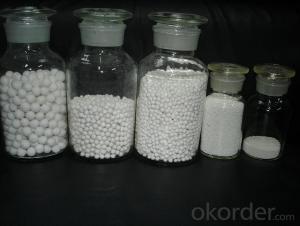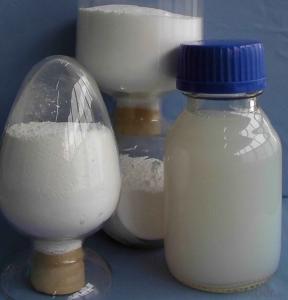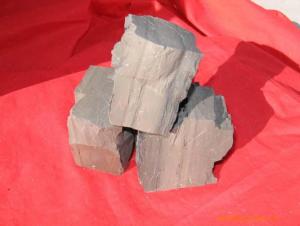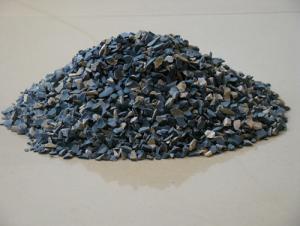fine and high purity calcined alumina powder al2o3 for ceramic,refractory,glaze,Metallurgy
- Loading Port:
- Qingdao
- Payment Terms:
- TT OR LC
- Min Order Qty:
- 25 m.t.
- Supply Capability:
- 3000 m.t./month
OKorder Service Pledge
OKorder Financial Service
You Might Also Like
fine and high purity calcined alumina powder with 99.5% al2o3 for ceramic,refractory,glaze,Metallurgy
Specification:
High purity AL2O3 Aluminum Oxide/ Aluminum powder
Manufacturer
Superfine
Application of AL2O3
*Wear resistant ceramic, electronic ceramics, small ceramic parts.
*Refractory- - Shaped refractory (firebrick etc) & Unshaped refractory (castable etc)
*glaze series.
aluminum oxide property:
Soluble in water white solid. Odourless. Tasteless. Qualitative very hard. Easy absorption of moisture and not ChaoXie. Both sexes oxide, soluble in inorganic acid and alkaline solution, almost insoluble in water and the polar organic solvents. The relative density (d204) 4.0. Melting point about 2000 °C.
The physical and chemical analysis:
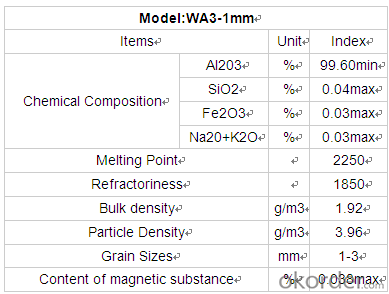
Main standard:
Alumina(industry grade) made by slkali-lime sintered,It is white powdered crystal with low assay of Ti, Mn, Zn, Cu, V, Zr, Cr, Li, Pb, B, P, etc.It is used in the production of fused salt eletrorefining aluminium, corundum eramics, refractories and other alumina chemical products.
Product Pictures:
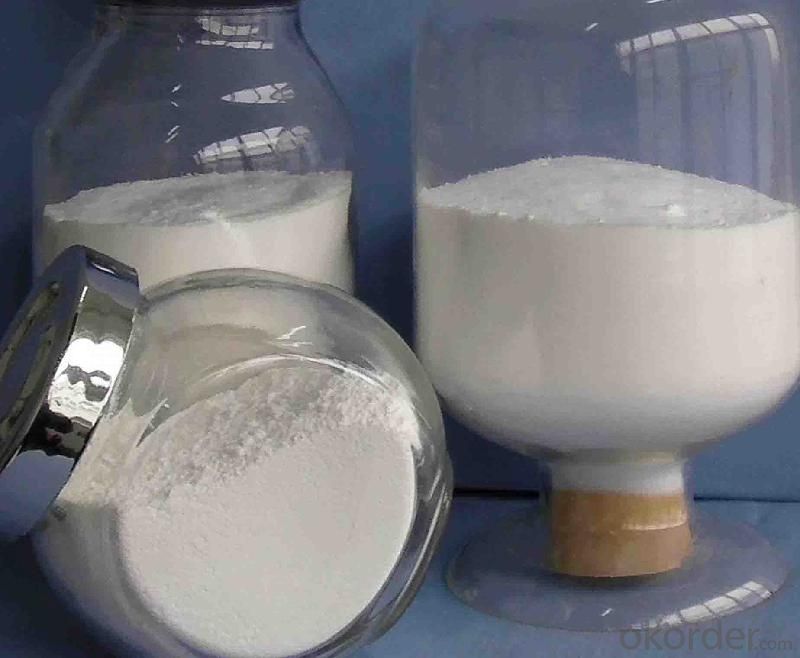

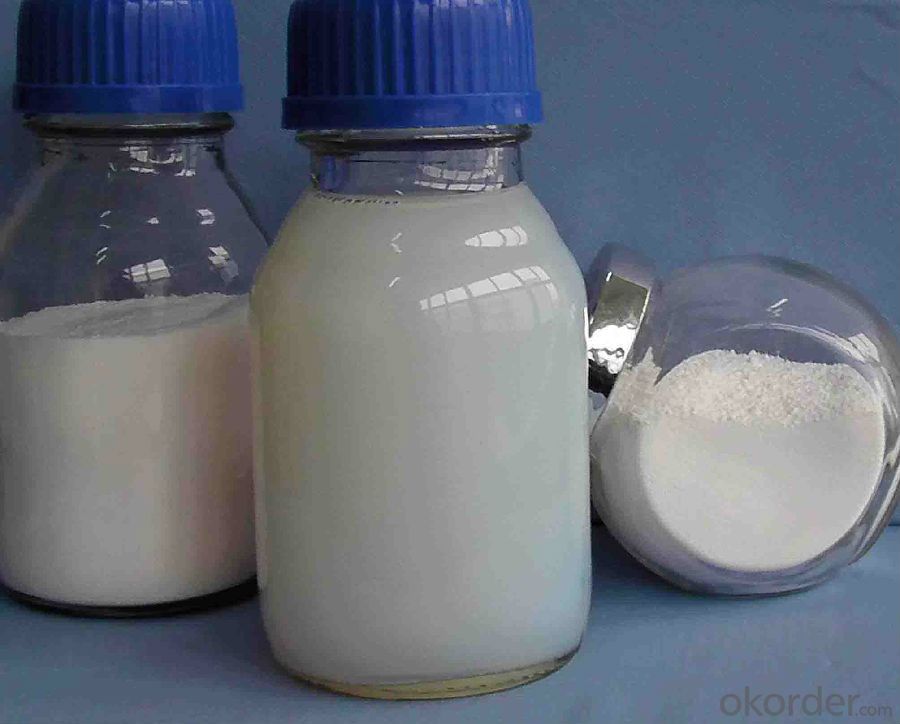
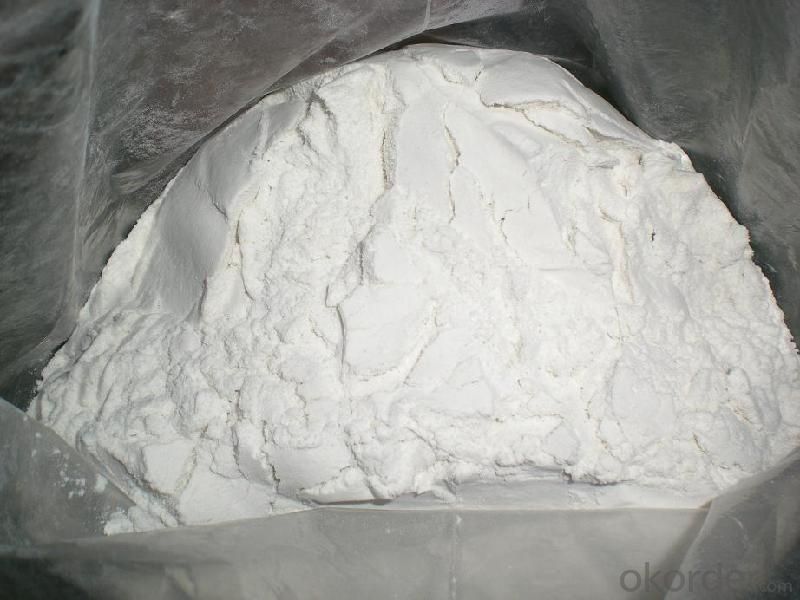
If you’ve any enquiry please don’t hesitate to contact us!
- Q:How many types of fire-resistant material?
- 1. Acid fire-resistant material refers to one with more than 93% SiO2. It is featured by resistance to the corrosion of acidic slag ad high temperature and easy to react with alkaline molten slag. 2. Alkaline refractory material generally refers to one with magnesium oxide or magnesium oxide and calcium oxide as the main component. It has high refractoriness and strong resistance to basic slag. 3. Silicate aluminum refractory material refers to one with SiO2, Al2O3 as the main component. According to the content of Al2O, it can be divided into three categories: half siliceous (15-30% Al2O3), clay (Al2O3 30 ~ 48%), high aluminum (more than 48% of Al2O3). 4. Fused cast refractory material refers to shaped refractory products made by high temperature melting and casting.
- Q:What's the refractory material in common use currently?
- (1) Alumina-silica refractory brick: Except the transition band, hot end and firing zone of the rotatory cement kiln, it can be applied to the whole burning system of the precalcining kiln, such as the fixed wall lining, wicket, cooling machine, tertiary air duct, burner, etc. It mainly includes alkali-resisting brick, high alumina (anti stripping) brick, silica-mullite brick, etc. (2) Basic refractory: For the upper transition band close to the part of burning zone and the burning zone, its inner lining can endure the highest flame temperature of 2000℃ and material temperature of 1350℃-1400℃, and it also has to withstand the permeation of sulfur and alkali compounds, permeation, thermal shock and oxidoreduction of hot-melt clinkers (liquid phase), mechanical stress of elliptic cylinder deformation, etc. Therefore, inner linings are the most demanding parts to withstand stress, and only basic refractory can meet with requirements under this working condition. (3) Fireclay insulating refractory: Its microstructure has notable characteristics of high porosity, large pore size and thermal insulation performance. For its low volume density and light weight, it is usually referred to as lightweight refractory. Fireclay insulating refractory product has great varieties, and it is usually classified and named according to its chemical and mineral compositions or production raw materials, and it is also classified according to its operating temperature and material form. Currently, the most used main thermal insulation material for the precalciner kiln system at home and abroad is calcium silicate board; besides, light weight castable and insulating fire brick are increasingly used year by year. Other thermal insulation materials are mainly ceramic fiber products.
- Q:What is the role of the vermiculite fireproof material?
- Apart from inflaming retarding, the materials covered with vermiculite has a lot of advantages including anti rust, waterproof, anticorrosive, wear-resisting, heat-resisting and the coating is armed with toughness, colorability, adhesiveness, fast-drying and luster.
- Q:Firing high temperature kiln of refractory and internal temperature being as high as 1600 ℃, metal heat exchanger can't use, how to do?
- 1>3>。 When metal heat exchanger is in 700 ℃, it must process high temperature protection, mixed cold wind or cold blast to protect heat exchanger. So this will waste a lot of energy; The comparison of high temperature resistant ceramic heat exchanger using temperature is 1350 ℃ to 1450 ℃; metal heat exchanger using temperature 700 ℃; heat utilization comparison of ceramic heat exchanger can be placed in 1350 ℃ or higher (highest available to 1450 ℃); the oxidation resistance, a very short time will burn out;2 >, waste heat recovery rate is high. Replacing the metal heat exchanger in high temperature and corrosion environment; Comparative ceramic heat exchanger can be used under the condition of 1350 ℃ for a long time. Let's make a comparison, if it is a refractory material industry. <, ceramic heat exchanger is simply won't appear, under the condition of equal to ceramic heat exchanger using, energy saving effect is best, can exchange for the high temperature. <. Ceramic heat can be placed on the nearest of exchanger flue outlet . <, and metal heat exchanger put in place contrast to the ceramic heat exchanger. In the process of using metal heat exchanger, if this situation happens, you can consider the ceramic heat exchanger. Temperature difference is between 650 ℃ to 750 ℃. If the metal heat exchanger is placed in normal place where ceramic heat usually put;The service life comparison: since ceramic heat exchanger with high temperature resistance, this partly replace metal heat exchanger. What's more, energy-saving rate is also different. Metal heat exchanger can be placed in 700 ℃ or less;4 >, corrosion resistance, its application effect is very different. So the metal-heat-exchanger's heat-resistant temperature is high and the service life is the countless times of metal heat exchanger. The place with highest temperature does not need high temperature protection.
- Q:what's the standard of fireproofing material?
- first, the classification of fire resistant levels of buildings, 1, the classification basis of fire resistant levels of buildings, the classification of fire resistant levels of buildings is one of the basic building fire protection technology measures, our national architectural design specification divides fire resistant levels of buildings into first, second, third and fourth class, first class ios the highest and has the most strong fire-resistant capacity, fourth class is the lowest and has the weakest fire-resistant capacity. Fire resistant level of buildings depends on the combustion performance and fire endurance of the components of the buildings. construction components refer to the wall, base, beam, column, floor, stair, suspended ceiling and other basic components of buildings. Combustion performance and fire endurance of building components are shown in table 4-11), the combustion performance of building components are divided into non-combustible component,hard-comnustible component,combustible?component,according to their response to the fire. as for building components, non-combustible component includes wall column and base,etc; hard-comnustible component includes hanging?bracket, suspended ceiling and internal pipe;combustible?component includes doors and windows, suspended ceiling, decoration materials,etc.
- Q:How many refractory materials does the annual output of 1 million tons of coke oven require?
- The production of dense synthetic Magnesium Oxide requires many steps, briefly summarized as follows:(1) Mgcl2+Ca, Mg (OH) 2, =Mg (OH) 2+CaCl2Sea salt or brine, dolomite, magnesium hydroxide, residual salt(2) Mg (OH) 2 Mg0 (low density);(3) MgO, Mgo (compact)The resulting compact Magnesium Oxide generally has a purity of up to 95%-99%, depending on the manufacturing process and the final application requirements. As shown above, Magnesium Oxide can be obtained from sea water and slaked lime. The density of the final product is through the high temperature roasting in shaft furnace and the large area obtained by calcination, and the mechanical compaction. Through the pre sintered refractory material to fundamentally eliminate the permanent contraction or extension is extremely important, it is obviously, because we cannot expect excessive contraction or extension in the use of the materials can be used to store the proper degree of molten metal or slag. The production of magnesium oxygen throughout the world (Fang Meishi) large factories in the United States, Michigan by brine well production, and by the sea water production Magnesium Oxide factory is located in Florida, Texas, California and Maryland.
- Q:How long is the duration of fire resistance that fireproof door of level B can endure?
- Level B refers to the fire resistance rating and different hours in fireproofing of the fireproof door. Fireproof door of level A can endure fire for 1.5 hours while level B 1.2 hours
- Q:What are the requirements on fire resistance period of C-level fireproof glass?
- What are the requirements on fire resistance period of Class C fireproof glass? The fireproof glass is a special glass which can maintain its integrity and insulation in required fire resistance tests, it can be classified into three types: Class A the fireproof glass which meet demands of fire integrity, and fire insulation at the same time. This glass has advantages of excellent transmittance, fire-proofing(smoke resistance, fire insulation, and blocking heat radiation), sound insulation and impact resistance. It can be applied to architectural ornaments, fire resistant timber doorsets with steel structure, windows, upper beam, partition walls, daylighting roofs, ceiling screens, perspective floor and other building components which need transparency and fireproofing. Class B: The fireproof glass which meets demands of fire integrity and thermal radiation intensity at the same time. This glass is mostly composite fireproof glass which has advantages of transmittance, fireproofing, and smoke resistance. Class C: The fireproof glass which only meets demand of fire integrity. This glass has advantages of transmittance, fireproofing, smoke resistance and high intensity. It can be applied to fireproof glass partition walls, fire windows and with no requirements on outdoor curtain walls, etc. The fireproof glass can be classified as composite fireproof glass and single chip fire-proof glass in terms of structure.
- Q:Can anyone say something about the curtain wall fire-proof material key sealing point?
- When sealing the gaps between glass?curtain?wall and floors of all layers and the outer edge of the partition with rock wool or mineral wool, its thickness should not be less than 100mm and should be filled densely; Rock wool or mineral wool for horizontal smoke prevention zone between floors should use galvanized steel sheet whose thickness is not less than 1.5mm to support; The gaps between supporting plate, major structure, curtain wall structure and supporting plate should be filled with fire-resistant glass, whose fire endurance should meet the design requirements. Fire-resistant glass for curtain wall are mainly include monolithic fire-resistant glass as well as the hollow glass and laminated glass made by monolithic fire-resistant glass.
- Q:What's the fire endurance of hollow brick?
- Light weight, high strength, thermal insulation, sound insulation and noise reduction. environmental protection, no pollution, the ideal filling material of frame structure building, Disadvantages:: poor seismic performance, fire reistance being less than 1000 ℃.
1. Manufacturer Overview |
|
|---|---|
| Location | |
| Year Established | |
| Annual Output Value | |
| Main Markets | |
| Company Certifications | |
2. Manufacturer Certificates |
|
|---|---|
| a) Certification Name | |
| Range | |
| Reference | |
| Validity Period | |
3. Manufacturer Capability |
|
|---|---|
| a)Trade Capacity | |
| Nearest Port | |
| Export Percentage | |
| No.of Employees in Trade Department | |
| Language Spoken: | |
| b)Factory Information | |
| Factory Size: | |
| No. of Production Lines | |
| Contract Manufacturing | |
| Product Price Range | |
Send your message to us
fine and high purity calcined alumina powder al2o3 for ceramic,refractory,glaze,Metallurgy
- Loading Port:
- Qingdao
- Payment Terms:
- TT OR LC
- Min Order Qty:
- 25 m.t.
- Supply Capability:
- 3000 m.t./month
OKorder Service Pledge
OKorder Financial Service
Similar products
New products
Hot products
Related keywords
